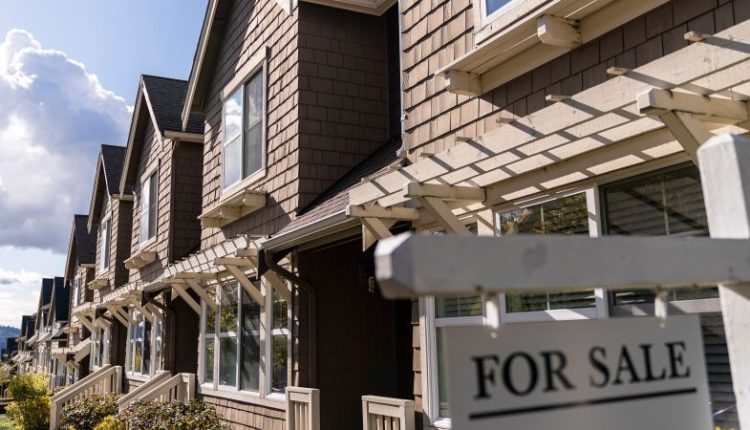Homebuying in the United States has recently slowed to a crawl, but falling mortgage rates could soon jolt it back to life.
For potential homebuyers who may have been itching to come off the sidelines, the recent drop in mortgage rates may be a double-edged sword.
Lower rates could give homebuyers more purchasing power. However, they could also lead to more intense competition for homes on the market, driving record-high home prices even higher.
“It’s one of those things where you should be careful what you wish for,” said Greg McBride, the chief financial analyst at Bankrate. “A further drop in mortgage rates could bring a surge of demand that makes it tougher to actually buy a house.”
A home tends to be the largest single purchase a person makes in their lifetime, and lately, the price tag of that purchase has skyrocketed.
The affordability issues that plagued the US housing market for years only intensified after the Federal Reserve began aggressively hiking interest rates in its fight against inflation more than two years ago as home prices climbed to record highs.
However, according to Freddie Mac, the average 30-year fixed mortgage rate fell to 6.46% last week, the lowest level in more than a year and down significantly from last year’s peak of 7.79%. There is a growing consensus that the Fed will begin cutting interest rates next month, and while the central bank doesn’t directly set mortgage rates, its actions influence borrowing costs throughout the economy.
More homebuyers are already taking action: Existing home sales rose 1.3% in July, snapping four straight months of sales declines, according to the National Association of Realtors.
Experts expect demand for homes to pick up further.
“We’ve seen massive increases in demand every time interest rates come down,” Vishal Garg, the CEO of Better.com, an online mortgage lending company, told CNN. With that increased demand comes bidding wars and fiercer competition, especially as the United States faces a shortage of homes for sale compared to demand.
There is another factor that may boost demand beginning this month: The recent rule changes by the National Association of Realtors.
The changes, which went into effect on August 17, are designed to shift the way the 1.5 million NAR real estate professionals are paid when they help people buy and sell homes.
“There’s an expectation that perhaps there could be lower transaction costs at some point in the future,” said Charles Dougherty, a senior economist at Wells Fargo. “That may have caused some buyers and sellers to kind of hold off until those changes were made.”
Overall, though, Dougherty said it’s too soon to tell exactly how the new NAR rules will impact the housing market.
Supply has been another key factor contributing to housing market difficulties: Fewer homeowners who locked in ultra-low pandemic-era mortgage rates were willing to put their homes up for sale in a higher interest rate environment. Falling rates may finally break that mortgage “lock-in” effect.
A July Bankrate survey of 1,133 current homeowners found that 35% said they would be comfortable selling their homes this year if mortgage rates fell below 6%. Over half of those homeowners also said they would be comfortable buying a home this year if rates fell under 6%.
“It’s hard to see what the tipping point is,” said McBride. “I do expect that we will see more homes coming onto market the lower that mortgage rates go.”
It’s tough to time the housing market just right — and potential buyers waiting for the Fed to cut rates even lower before jumping into the housing market could be disappointed.
Wells Fargo estimates the 30-year fixed mortgage rate will average 6.5% by the end of 2024 and 5.9% by the end of 2025.
“We’re looking for the 30-year mortgage rate to come down a little bit over the course of the next 18 months or so, but not by all that much,” Dougherty said. “That will represent a marginal improvement to affordability, but mortgage rates are not very likely to come down to the 3% rates that were averaged as recently as 2021.”
McBride said that first-time homebuyers should make sure they are fully financially prepared before diving into homeownership rather than making a decision based on small movements in average mortgage rates.
“Homeownership is like a marriage. You’ve got to be in it for the long haul, and you’ve got to be prepared for all the commitment it entails,” he said. “Regardless of where mortgage rates are, if you’re biting off more than you can chew financially, that can have pretty devastating effects if things go wrong.”
Read the full article here

